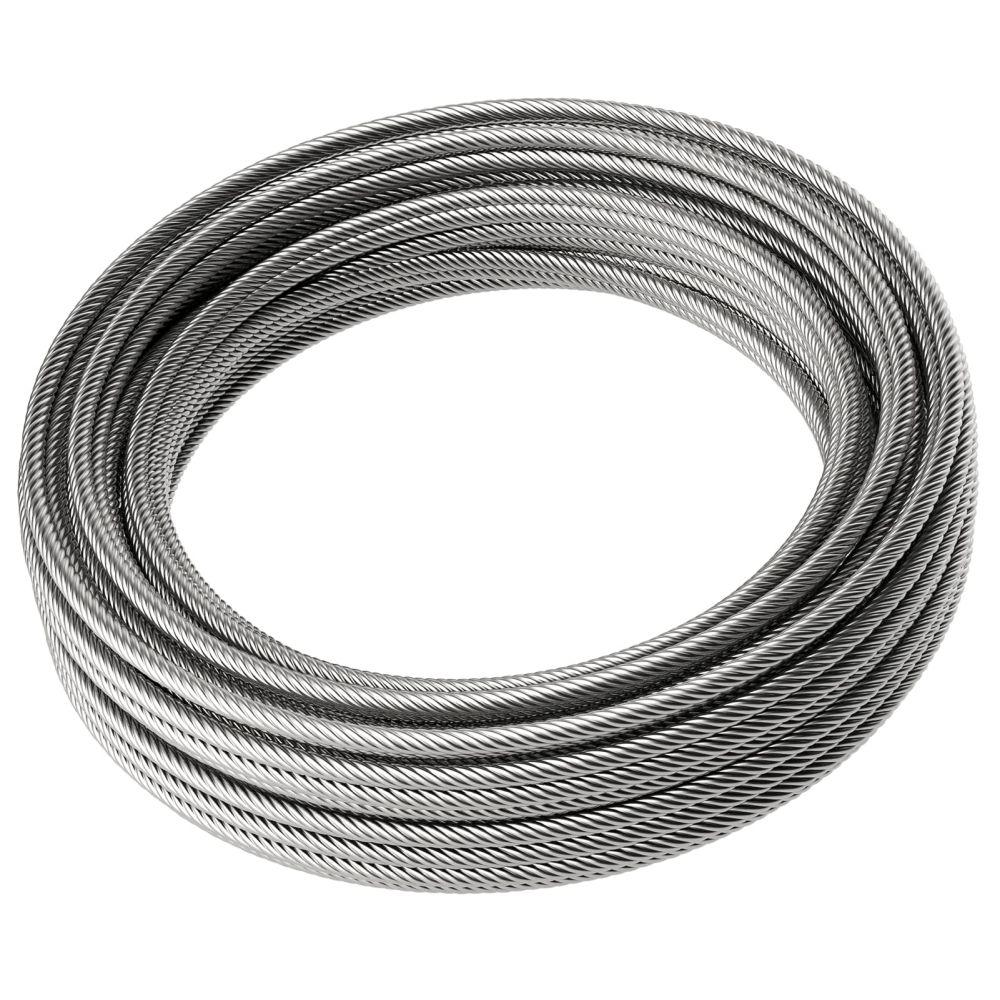
Stainless wire ropes are vital for their strength and corrosion resistance. Blogs offer insights for professionals and DIY enthusiasts on their uses and benefits. Here’s what you can typically expect to find in these blogs:
Cable Railings Systems it consists of several rows of tensioned stainless-steel cables suspended between posts in a handrail, providing a sleek, unobstructed view. This system is ideal for decks or staircases where a clear view and contemporary look are desired.
Many homeowners and builders choose cable railing for its numerous advantages. The primary benefits include its low-maintenance nature, minimalistic appearance, and the cost savings compared to traditional railing systems. Cable railing is also durable and long-lasting, making it a practical choice for various settings.
Many homeowners and builders choose cable railing for its numerous advantages. The primary benefits include its low-maintenance nature, minimalistic appearance, and the cost savings compared to traditional railing systems. Cable railing is also durable and long-lasting, making it a practical choice for various settings.
When planning to install a cable railing system, it’s essential to consider the posts and handrails where the cables will be attached. Cable railing can be adapted to various post and handrail constructions, including all-wood, metal, or a combination of both. The main components of the system include termination posts, intermediate posts, and the top rail or handrail.
Termination Posts: These are the “end” or “corner” posts where each end of the cable attaches. They bear the tension of the cables and are crucial for the system’s stability.
Intermediate Posts: These support the cables over the distance they span and ensure the cables remain taut and aligned.
Top Rail or Handrail: This is required for any deck or staircase and provides additional support and safety.
The cable itself is a critical component of the system. The two most common cable diameters are 1/8” and 3/16”. The choice between them depends on the desired appearance of the system:
1/8” Cable: This is the most minimal option, perfect for residential applications where maintaining an unobstructed view is important.
3/16” Cable: This offers a more substantial, industrial look and is popular for both residential and commercial applications.
The standard cable construction for cable railing is 1×19, which means it consists of 19 strands of wire twisted together. This construction is preferred because it cuts cleanly, runs straight, and has low stretch, making it ideal for railing systems.
Cable railing systems offer a modern, minimalistic, and cost-effective solution for fall protection. With the right posts, handrails, and cables, they provide a durable and aesthetically pleasing option for decks and staircases.
Stainless wire ropes are vital for their strength and corrosion resistance. Blogs offer insights for professionals and DIY enthusiasts on their uses and benefits. Here’s what you can typically expect to find in these blogs: